Once-popular seafood chains are facing a brutal reckoning. Rising costs for shrimp, crab and lobster and shifting diner habits are eroding the appeal of mid-priced “fish night out” venues. Chains that built their brand on abundant platters and promotional deals are now slashing locations, adjusting menus, or disappearing altogether. Here’s a deep dive into how one brand exemplifies the trend — and what it signals for the entire seafood dining scene.
A Brand That Once Swam with the Big Fish
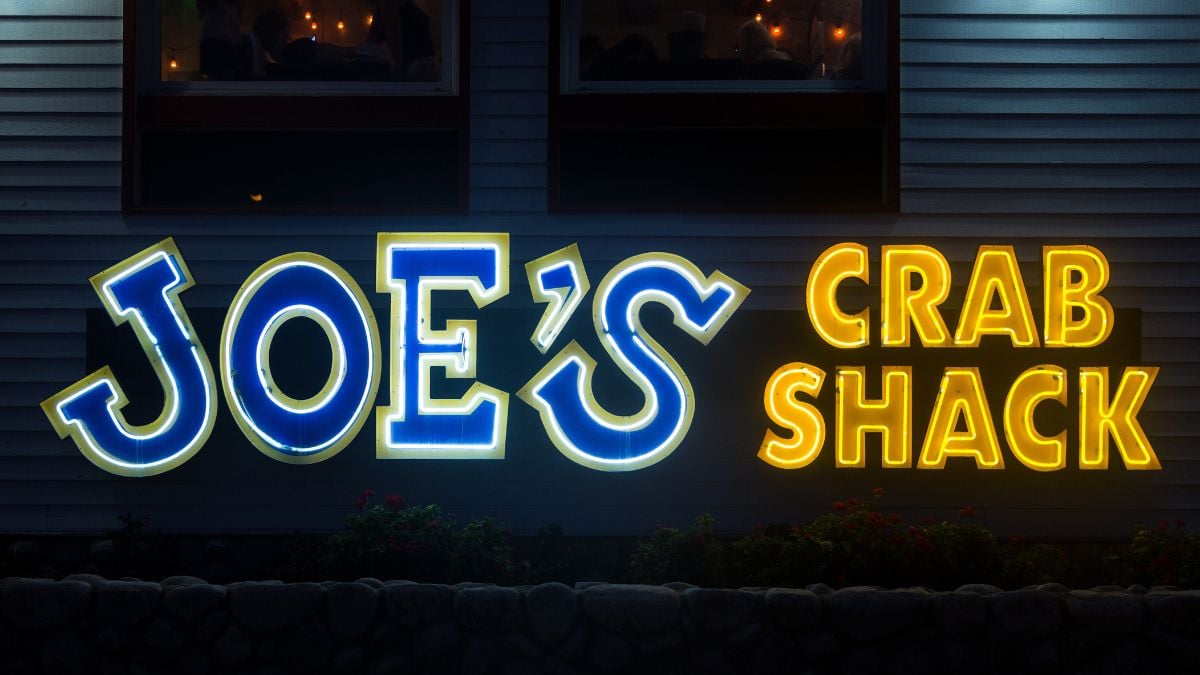
The chain Joe’s Crab Shack used to count nearly 150 locations across the US—a beachy, casual seafood vibe with a focus on crab, shrimp and fun. Owned by Landry’s, Inc., the brand was once a firm presence in the seafood restaurant category. Its fate now offers a cautionary tale for the entire sector.
From 150 to About 18 Locations

By May 2025, Joe’s Crab Shack had shrunk to roughly 18 locations. The majority of closures stemmed from expired leases, poor sales and decisions by Landry’s to convert or shutter sites. That steep drop signals serious trouble for the brand’s future viability.
The Cost of Seafood Is Rising, Fast
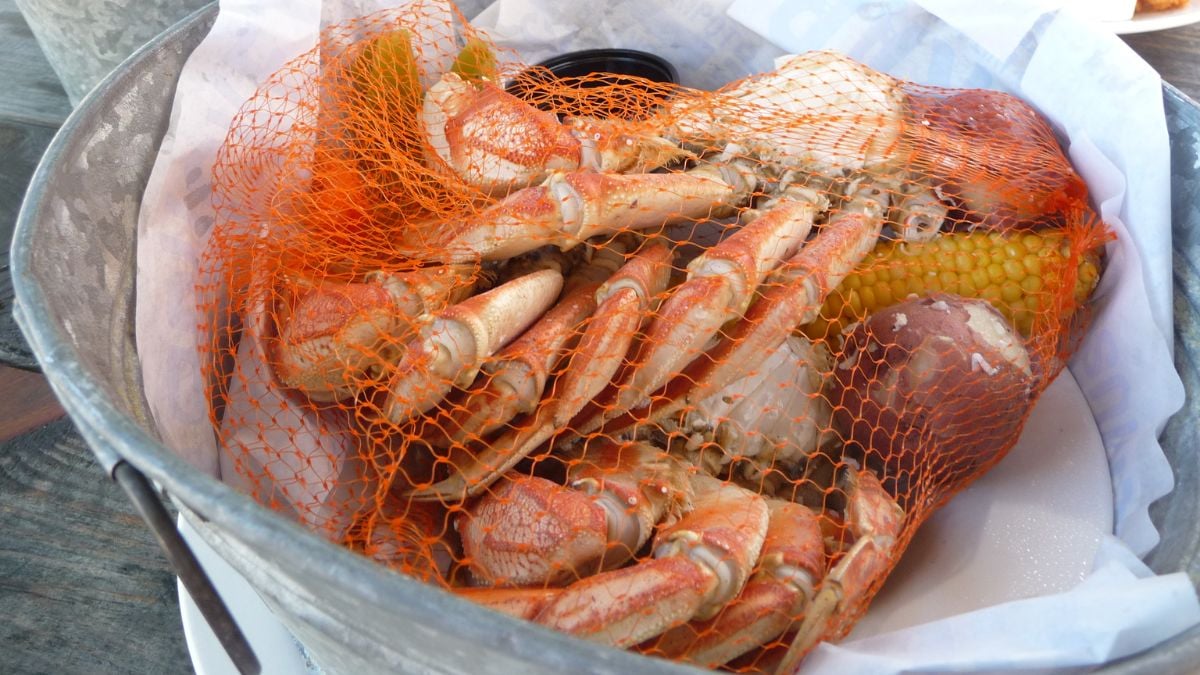
Offering seafood at “affordable” prices is harder than ever. Shrimp, lobster and crab all carry high commodity costs — and when you pair that with heavy promotions (like unlimited shrimp), margins shrink. The classic model of “draw customers with seafood deals, then sell drinks/desserts” isn’t working as well anymore.
Promotions That Backfired Big Time
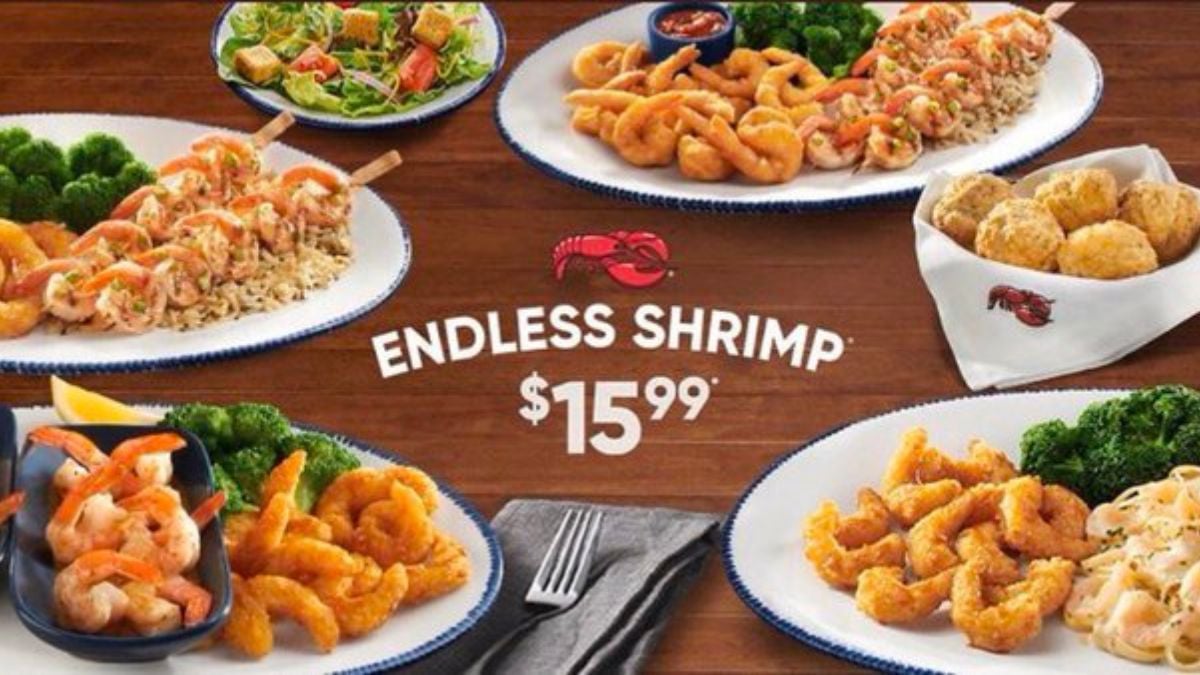
A major example: the arcade model of “all-you-can-eat shrimp” at Red Lobster. That promotion reportedly cost the chain $11 million. The lesson? What sounds like value to consumers can be a profitability trap for operators.
Seafood Chains Hit Hard in 2024
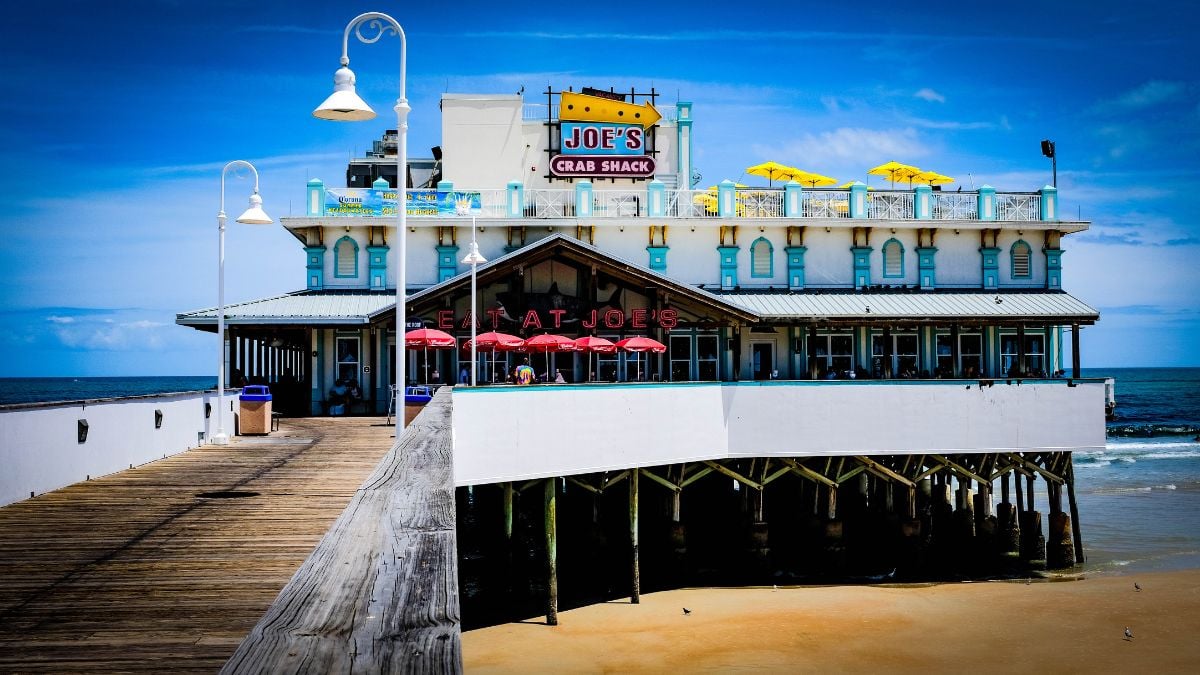
The seafood-restaurant segment endured big losses in 2024. Traffic at these venues fell by about 1 % while overall industry sales were flat. Major chains besides Joe’s Crab Shack also recorded double-digit sales drops. It wasn’t just a company issue—it was a category problem.
Consumer Habits Are Changing
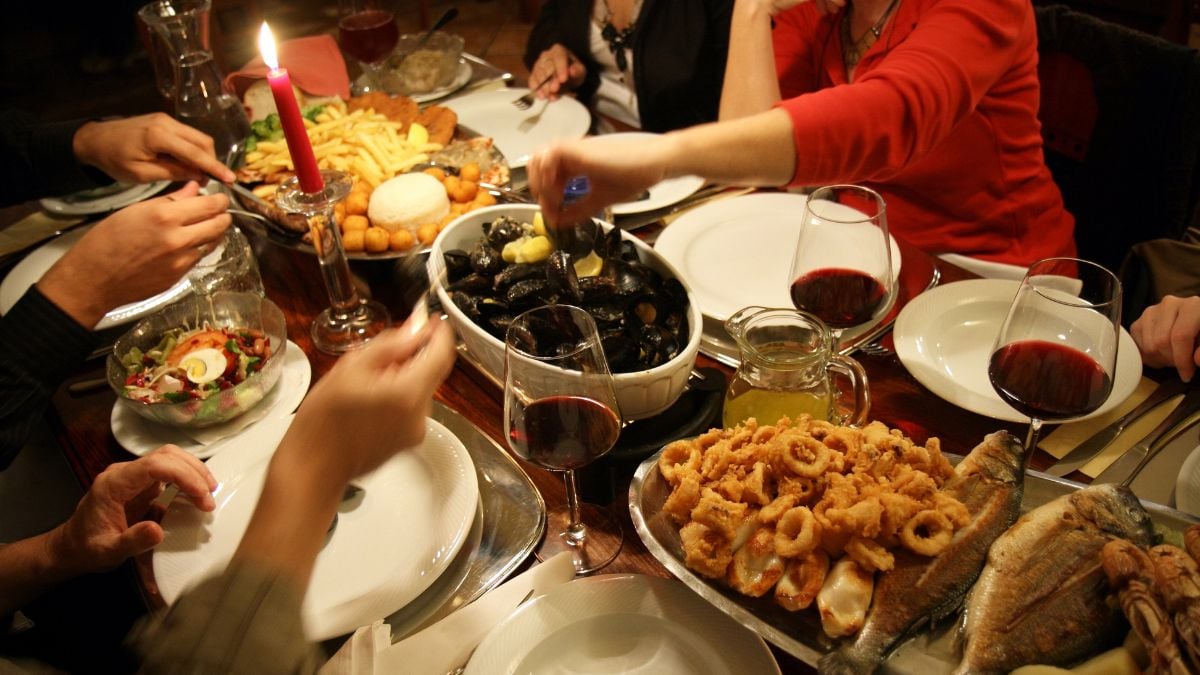
Diners are more budget-aware, and many are opting for cheaper proteins or cooking seafood at home rather than dining out. Meanwhile, younger consumers have higher expectations around sustainability, freshness and origin. Brands that cling to old business models may struggle to connect.
Real Estate & Lease Pressures Are Killing Locations

Many of the recent Joe’s Crab Shack closures tie back to leases expiring or locations underperforming—e.g., San Diego waterfront, Corpus Christi, Kissimmee. High fixed costs plus decreasing customer numbers equal a razor-thin margin for error.
Parent Company Signals a Shift
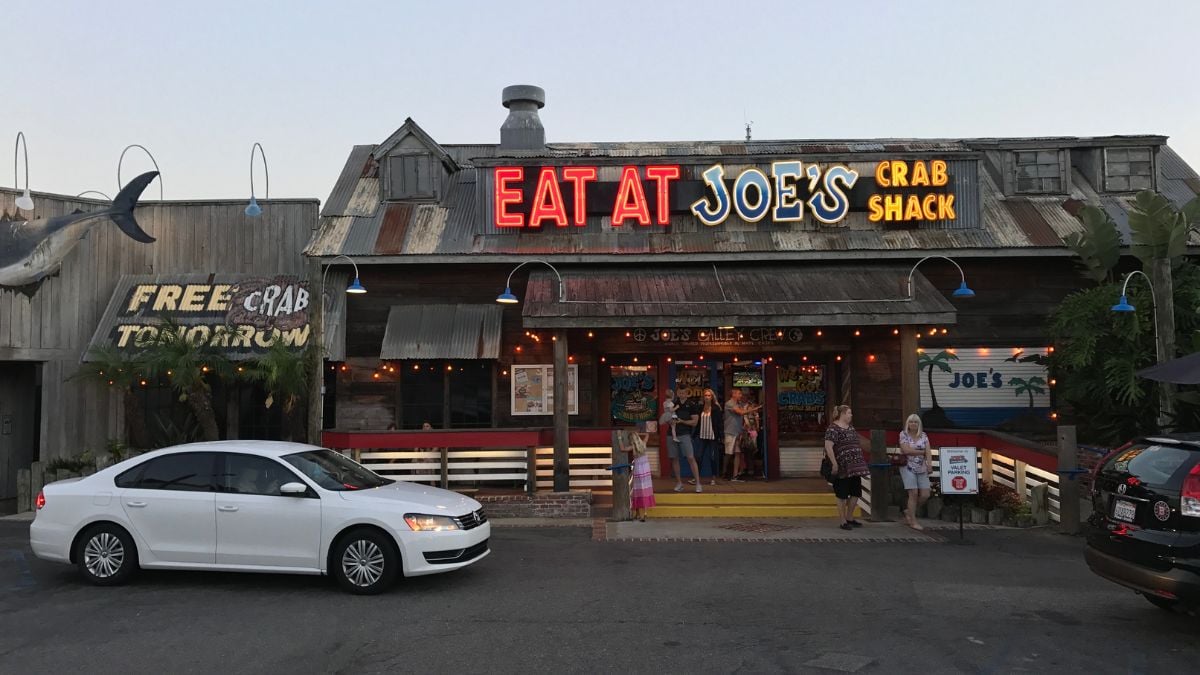
Landry’s hasn’t publicly committed to reviving Joe’s Crab Shack in the same size it once was. The conversion of certain sites to other restaurant concepts implies the brand may be phased or repurposed. That acknowledgment alone underscores the challenges are structural, not just temporary.
Opportunity in the Chaos for Innovators
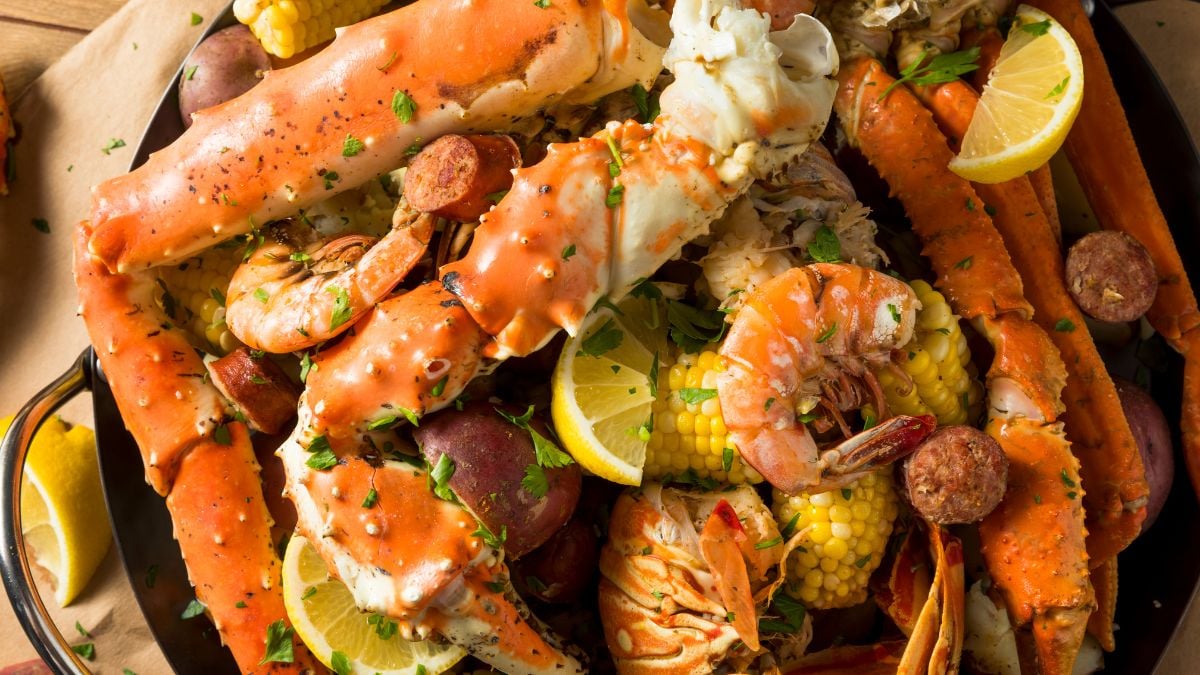
It’s not all doom. According to industry research, millennials and Gen Z are increasing seafood consumption, especially if it’s positioned right (sustainable, fresh, affordable). For operators willing to rethink format/menu, there’s room to create a new kind of seafood chain.
Key Takeaways for Seafood Dining Survival

Control costs: seafood is expensive and margins fragile Reevaluate format: diners prefer authenticity, sustainability, value Lease flexibility matters: underperforming real estate drags brands down Don’t rely on gimmicks: unlimited promos might draw crowds — but not profits Stay relevant: younger diners demand more than just “seafood night”

